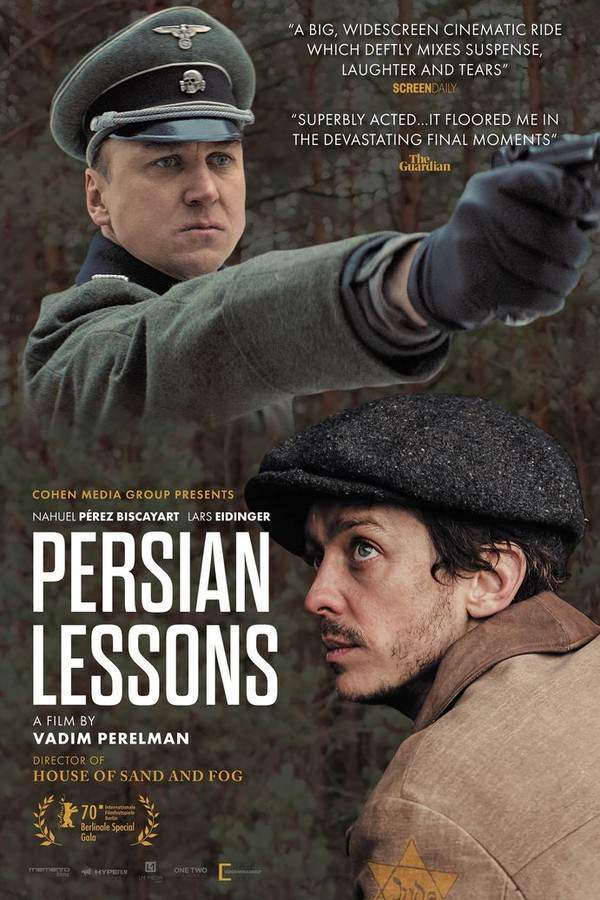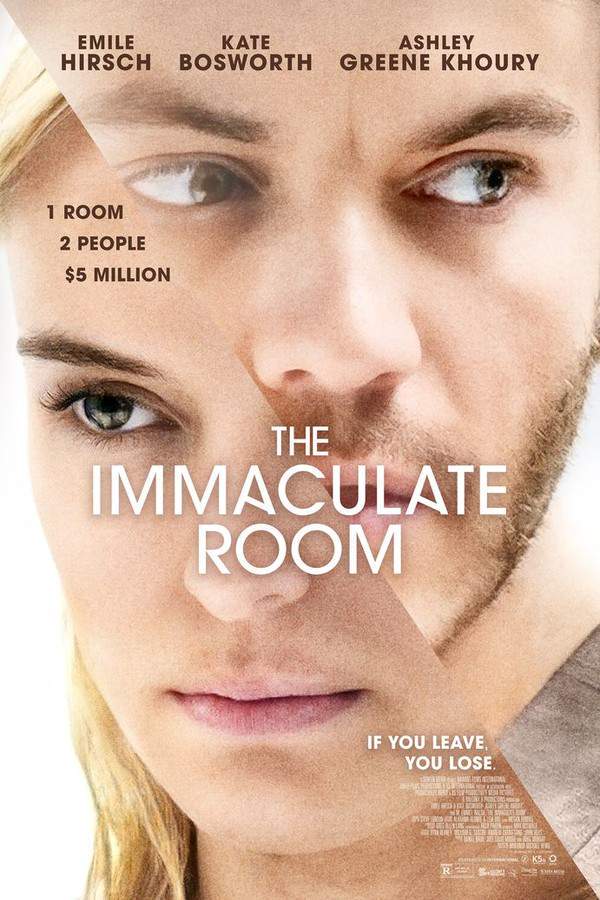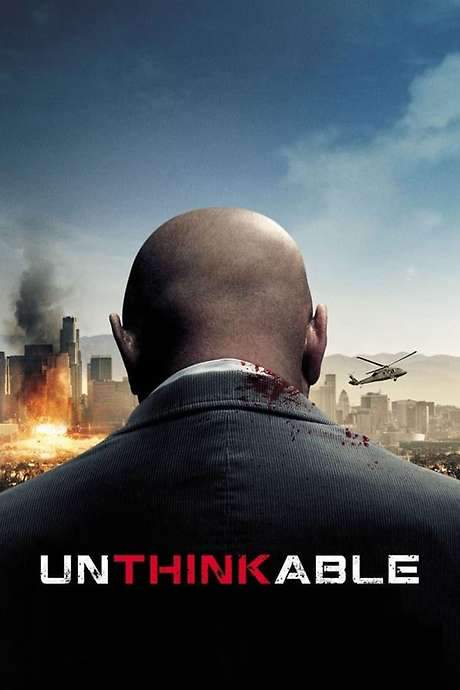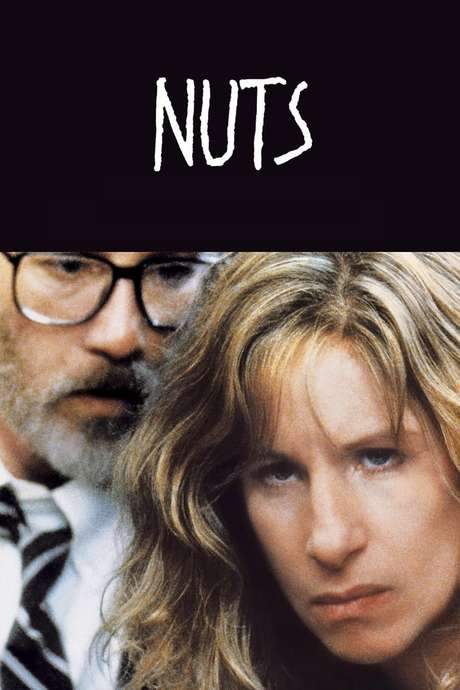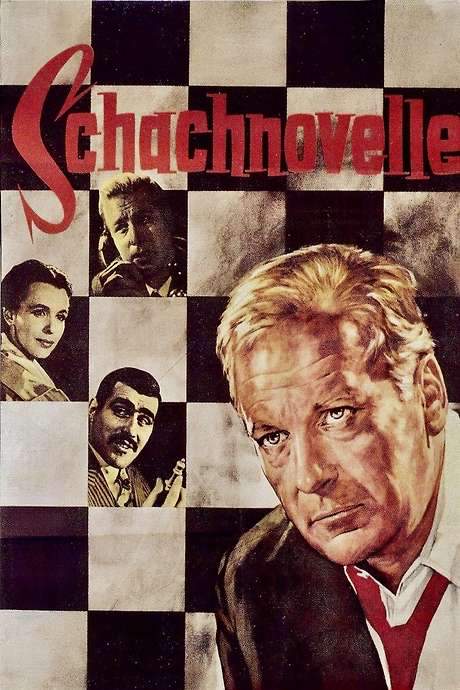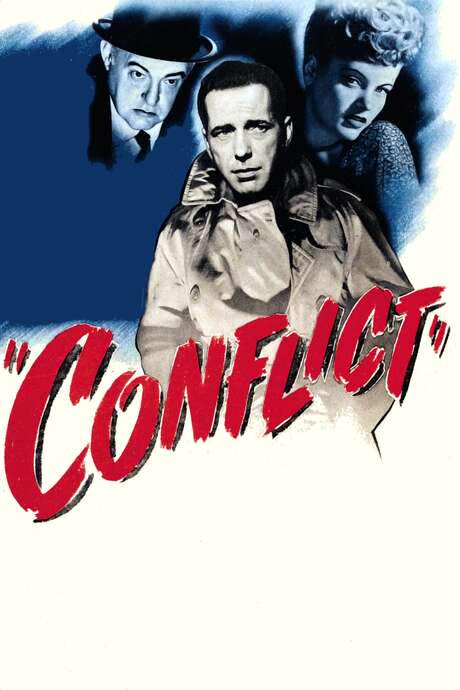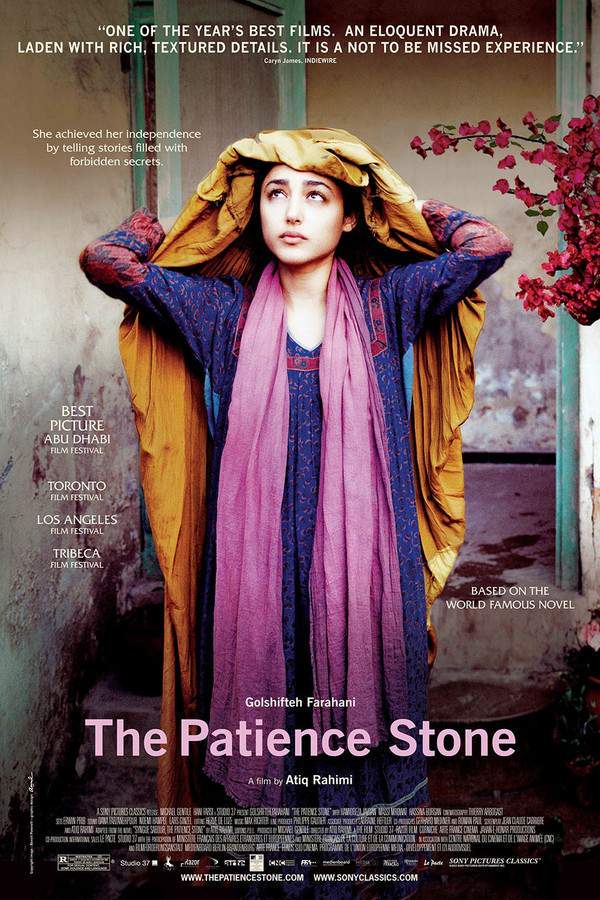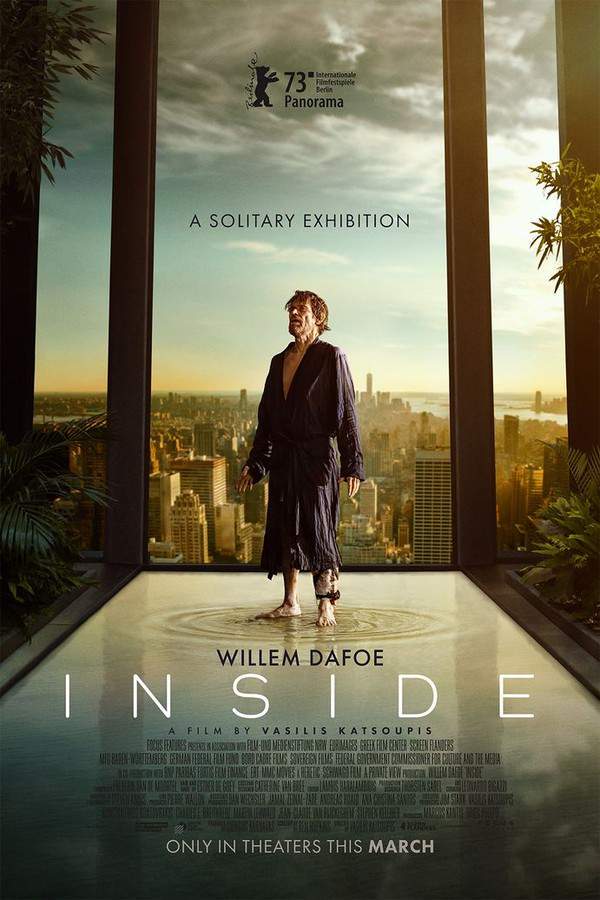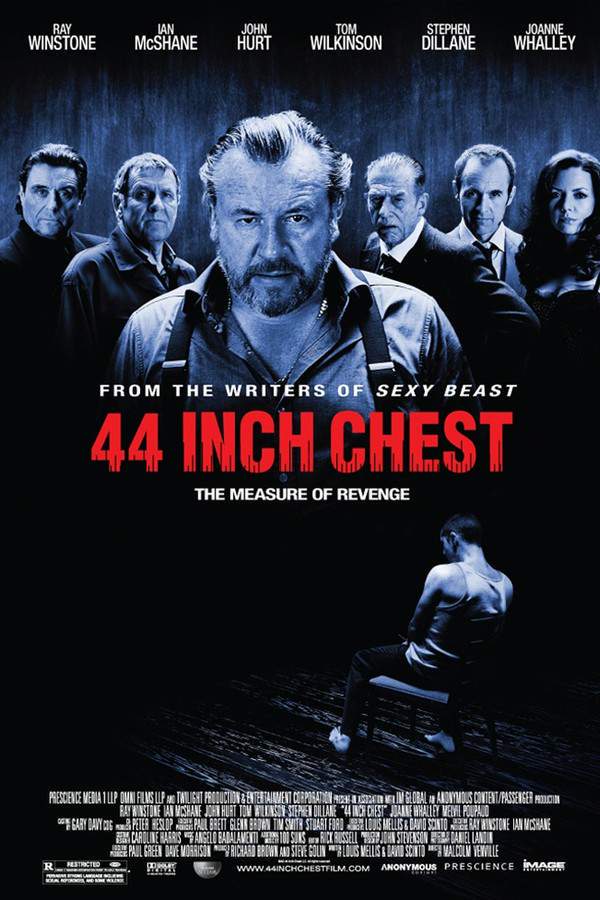
The Prisoner
Year: 1955
Runtime: 95 mins
Language: English
Director: Peter Glenville
After being charged with treason, a revered cardinal—celebrated for his wartime defiance against the Nazis and later for opposing a new totalitarian regime—is imprisoned. There his relentless interrogator seeks a confession, hoping to shatter the cardinal’s influence and undermine the hope he embodies for his people. The conflict explores moral compromise and the cost of resistance.
Warning: spoilers below!
Haven’t seen The Prisoner yet? This summary contains major spoilers. Bookmark the page, watch the movie, and come back for the full breakdown. If you're ready, scroll on and relive the story!
The Prisoner (1955) – Full Plot Summary & Ending Explained
Read the complete plot breakdown of The Prisoner (1955), including all key story events, major twists, and the ending explained in detail. Discover what really happened—and what it all means.
Alec Guinness as The Cardinal finds himself in a postwar Europe where a newly installed communist regime has quietly replaced the Nazi occupation, and a popular religious figure is falsely branded a traitor. In this tense atmosphere, the state’s case rests on breaking his resolve rather than proving a crime, and the interrogator who once stood by his side in the resistance becomes the instrument of this brutal reversal. The regime hopes that public pressure and a manufactured sense of guilt will force a confession that fits their narrative, but the cardinal’s inner dignity and spiritual strength challenge the process from the start.
The task falls to Jack Hawkins as The Interrogator, a longtime confidant turned loyal facilitator of the regime’s will. He understands the cardinal’s prior endurance under torture during the Nazi era and realizes that conventional coercion will fail; the man’s faith has already survived the worst torture imaginable. So the Interrogator leans on psychology rather than force, trying to chip away at the cardinal’s certainty about the righteousness of his resistance to the state. The power dynamics are clear: the interrogator believes that persuasion—dressed as evidence and procedure—can unmask the cardinal’s supposed selfish motives, if not his actual beliefs.
Initially, the exchanges are stilted and unproductive. The state’s lawyers grow impatient, and clumsy attempts to manufacture incriminating documents only reveal their own desperation and spark occasional humiliation for the prosecutors. The cardinal remains unshaken, answering questions with quiet precision and moral clarity. To intensify the pressure, the Interrogator employs a relentless routine of sleep deprivation, relentless questioning, and a calculated disruption of meals and sleep patterns. Between interrogations, the cardinal’s conversations with the jailer—Wilfrid Lawson, the quiet man who brings his food—drift into topics that range from theology to politics, offering moments of reflective calm amid coercive stress. The jailer’s presence reveals a human, almost intimate, counterpoint to the brutal machinery of the state.
As the days grind on, the Interrogator deepens his strategy, using isolation to erode the cardinal’s self-image. He aims to force the cardinal to confront a troubling question: whether his path into the priesthood was truly a calling to serve others, or merely a way to escape poverty and vanity. The cardinal’s humility becomes the battleground, and in the long silences of extended solitary confinement, the interrogator believes he has found a chink in the armor. The exchange of ideas that unfolds in these periods—often intertwined with the jailer’s gentle, plainspoken reflections on faith and power—begins to reveal a man who has always measured his actions against conscience rather than expediency.
The moment of reckoning comes in a dramatic show trial where the cardinal, worn down yet unbowed, confesses to every alleged falsehood the state has pressed against him. He admits to lying about collaborations with the Nazis, yet his true meaning remains anchored in a desire for forgiveness. Privately, however, his gaze turns toward the divine for absolution, not the court or the crowd, and this distinction becomes the core of his unwritten testimony.
On the day of the execution, the regime makes a last calculated move: the sentence has been commuted, a quiet admission that martyrdom could still become a political liability. The Interrogator, sensing that despair might still be a tool, offers a stark option—the possibility of shooting him and claiming an attempted escape. The cardinal declines, choosing not to ask the men who have controlled his fate to commit murder in his name. He tells the Interrogator that he cannot bear to have him bear that burden either. Moved by this restraint and by a sense of shared humanity, the Interrogator falters, and the cardinal walks out of the prison into a waiting, silent crowd whose true feelings towards him remain unknown. The ending lingers with a quiet ambiguity that invites reflection on the nature of courage, faith, and the price of truth under an authoritarian regime.
Meanwhile, a romantic thread threads through the grim backdrop: a young guard at the prison becomes entangled in a forbidden love with a married girl who dreams of leaving the country to join her husband, who has already departed because of the political upheaval. Their hopes and risks mirror the cardinal’s own struggle in a world where personal desires are often crushed beneath the weight of ideology, and where loyalty, love, and faith must contend with the harsh realities of state power.
In the end, the film leaves us with a measured, contemplative portrait of endurance and moral resilience. The cardinal’s journey is not one of triumphant martyrdom, but of a profound, introspective struggle to preserve integrity in a system built on control and fear. The Interrogator’s actions provoke questions about duty, guilt, and the limits of human mercy, while the cardinal’s quiet assent to forgiveness—even as the world around him fails to understand him—offers a stark meditation on what it means to stay true to one’s conscience in the face of unbearable pressure. The film invites viewers to weigh the costs of resistance, the weight of confession, and the uncertain meaning of justice in a world remade by ideology.
Last Updated: October 09, 2025 at 12:38
Explore Movie Threads
Discover curated groups of movies connected by mood, themes, and story style. Browse collections built around emotion, atmosphere, and narrative focus to easily find films that match what you feel like watching right now.
Psychological battles like in The Prisoner
Intense stories where opposing ideologies clash in a contained setting.If you liked the intellectual duel in The Prisoner, search for movies featuring intense ideological standoffs, complex moral arguments, and characters tested by psychological pressure in confined spaces.
Narrative Summary
The narrative centers on a drawn-out confrontation where one character seeks to break the resolve of another. The story unfolds through escalating verbal and psychological maneuvers, exploring themes of faith, conviction, and indoctrination, with the setting itself becoming a character that amplifies the pressure.
Why These Movies?
Movies in this thread are grouped by their shared focus on intellectual conflict, oppressive atmospheres, and the slow-burning tension of a verbal and psychological duel where the greatest threat is the erosion of a character's core beliefs.
Stories of faith under pressure like The Prisoner
Stories of individuals tested by authoritarian systems for their beliefs.Find movies similar to The Prisoner that focus on characters whose deepest beliefs are tested by persecution, imprisonment, or psychological torment, exploring themes of moral courage and resilience.
Narrative Summary
The narrative follows a principled individual who is isolated and targeted by a powerful, oppressive system. The story is a slow, inward journey as the protagonist's faith, whether religious or ideological, is put under extreme duress, forcing them to confront the limits of their own endurance and the meaning of their sacrifice.
Why These Movies?
These movies share a heavy emotional weight and a focus on the internal struggle of a single character facing systemic oppression. They are united by themes of martyrdom, moral compromise, and the psychological toll of resistance, often ending on an ambiguous or bittersweet note.
Unlock the Full Story of The Prisoner
Don't stop at just watching — explore The Prisoner in full detail. From the complete plot summary and scene-by-scene timeline to character breakdowns, thematic analysis, and a deep dive into the ending — every page helps you truly understand what The Prisoner is all about. Plus, discover what's next after the movie.
The Prisoner Timeline
Track the full timeline of The Prisoner with every major event arranged chronologically. Perfect for decoding non-linear storytelling, flashbacks, or parallel narratives with a clear scene-by-scene breakdown.

Characters, Settings & Themes in The Prisoner
Discover the characters, locations, and core themes that shape The Prisoner. Get insights into symbolic elements, setting significance, and deeper narrative meaning — ideal for thematic analysis and movie breakdowns.

More About The Prisoner
Visit What's After the Movie to explore more about The Prisoner: box office results, cast and crew info, production details, post-credit scenes, and external links — all in one place for movie fans and researchers.


